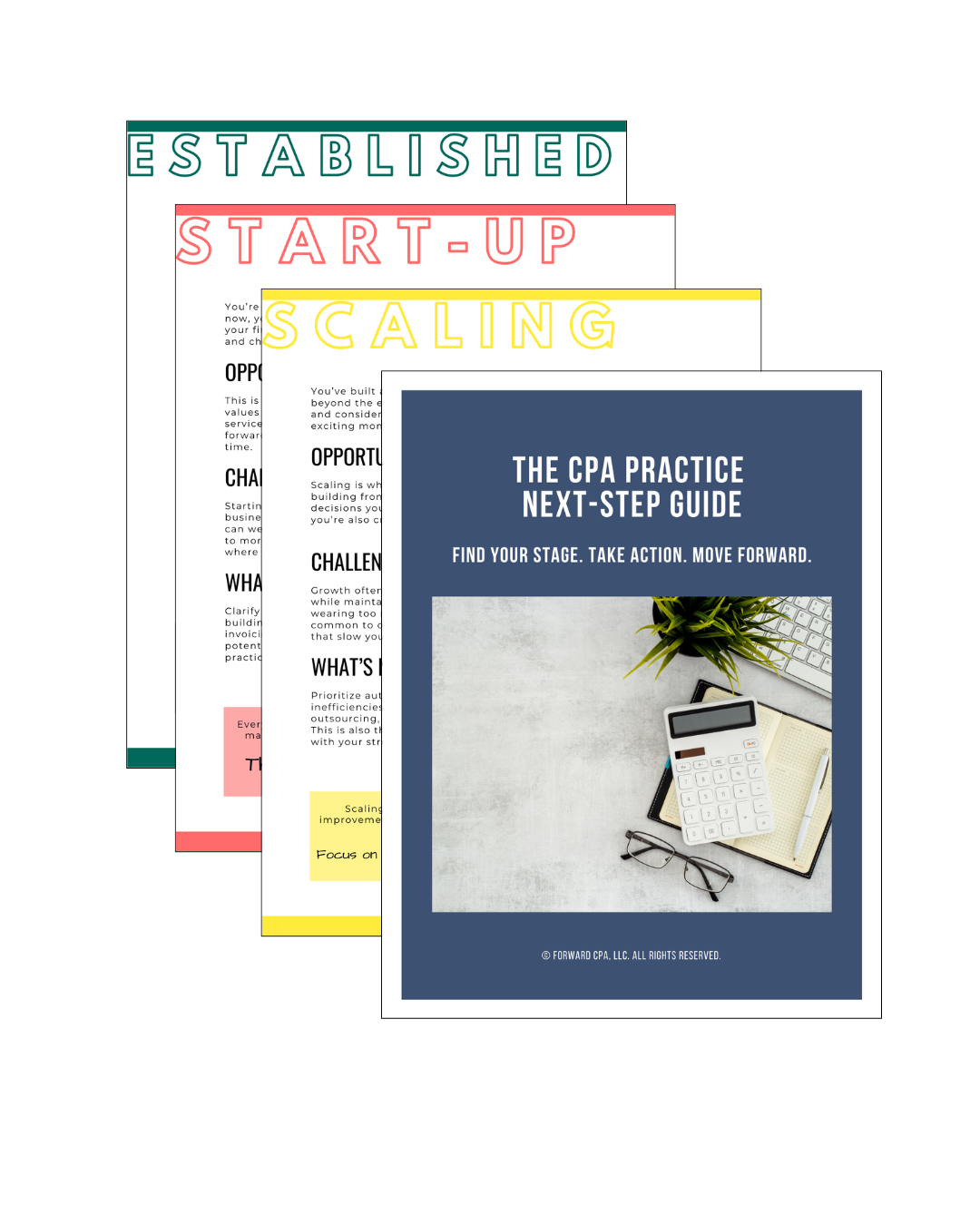How to Build a Government Audit File That's Easy to Review (and Survives Peer Review)
Nov 15, 2025
Some audit files are a dream to review—clean tie-outs, clear conclusions, logical folder structure.
Others? Not so much.
Disorganized files slow down reviewers, frustrate team members, and raise red flags during peer review—even when the actual audit work was sound.
A strong audit file doesn’t just show your conclusions. It shows how you got there—and makes it easy for reviewers (and future you) to follow.
Here’s how to build a government audit file that’s efficient to review, easy to train on, and built to survive peer review with confidence.
1. Use a Standardized Folder Structure Across Every Audit
A consistent folder layout is the foundation of a well-organized file.
It allows your team, reviewers, and even future staff to know exactly where everything lives—without digging.
✅ Sample folder layout:
-
01 – Trial Balance & GL
-
02 – Cash & Investments
-
03 – Revenues
-
04 – Disbursements & Payables
-
05 – Payroll
-
06 – Capital Assets
-
07 – Debt & Leases
-
08 – Federal Programs
-
09 – Adjusting Journal Entries
-
10 – Note Disclosures
-
11 – Final Report & Communication
-
12 – Review Notes & Signoffs
Standard structure = fewer questions = smoother review.
2. Tie Out Every Balance—and Label It Clearly
Tie-outs aren’t just helpful—they’re essential.
Every material balance in your trial balance should be tied to a schedule, reconciliation, or third-party confirmation.
✅ Best practices:
-
Use consistent headers: “Per GL,” “Per Bank Rec,” “Difference”
-
Highlight zero differences with conditional formatting or a visual cue
-
Include account numbers and fund names
-
Label the source (e.g., GL detail, bank statement, amortization schedule)
When a reviewer can trace balances without asking, you’ve done your job well.
3. Include Conclusions in Every Key Workpaper
A workpaper without a conclusion forces the reviewer to re-perform your analysis.
Don’t make them guess.
✅ Include a short summary on:
-
Reconciliations (e.g., “No reconciling items noted as of year-end”)
-
Rollforwards (e.g., “Additions agree to invoices; depreciation recalculated and ties to TB”)
-
AJE logs (e.g., “All entries posted and reflected in final TB”)
-
Grant testing (e.g., “No exceptions noted in 10 items tested for compliance”)
Conclusion statements don’t have to be long—they just have to be clear.
4. Keep a Clean Adjusting Journal Entry Log
Peer reviewers love a clean AJE log—and for good reason.
It shows your process, your control, and your communication with the client.
✅ Strong AJE logs include:
-
Entry number and date
-
Description and rationale
-
Debit and credit accounts
-
Reference to supporting workpaper
-
Whether the client accepted or waived it
-
Staff initials for preparer and reviewer
It’s not just documentation—it’s your audit trail.
5. Use a Review Checklist (and Actually Check It Off)
If your review consists of scattered margin notes and mental reminders, things will fall through the cracks.
Create a checklist that covers each major audit area and includes:
-
Tie-out verified
-
Signoffs complete
-
Conclusions documented
-
Variance explanations included
-
Disclosures consistent with workpapers
-
Final trial balance matches FS
Include reviewer initials and dates—it shows intent, accountability, and follow-through.
6. Save Your Final Documents (and Version Them Clearly)
Don’t let “Final_FS_v3_ACTUAL_FINAL_use_this_one” be the last thing your peer reviewer sees.
✅ Final folder should include:
-
Final trial balance
-
Final adjusting journal entries
-
Final financial statements
-
Management representation letter
-
Signed communication letters
-
Final SEFA and federal schedules (if applicable)
Use naming conventions like: FY24_FinalTrialBalance_Approved or FY24_AJE_Log_Final.
7. Document Independence and QC Requirements
If you help your client draft the financials or prepare AJEs, you need to document safeguards to maintain independence under Yellow Book.
Include:
-
Your independence evaluation
-
Documentation that the client accepted responsibility for the financials
-
Communication that they reviewed and approved AJEs and disclosures
This isn’t just for your protection—it’s a peer review requirement.
A Clean File Builds Confidence—At Every Level
✅ It helps reviewers work faster
✅ It gives staff clear direction
✅ It helps your firm pass peer review
✅ It saves you time and stress next season
✅ It protects your reputation and your license
You don’t need a fancy audit platform to build a clean file.
Just use structure, consistency, and clear documentation.
Because a good audit file tells the story.
A great audit file makes it easy to read.
Your Next Step Forward
Join the newsletter designed to help CPAs take the next best step in building a practice they love, with practical insights, game-changing tools, and quick wins in every email.
We hate SPAM. We will never sell your information, for any reason.




